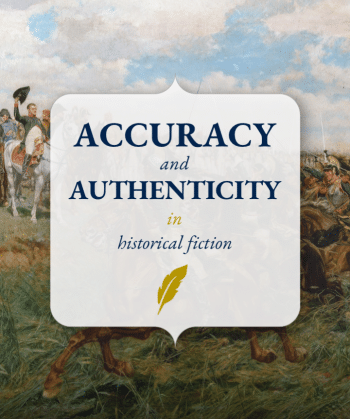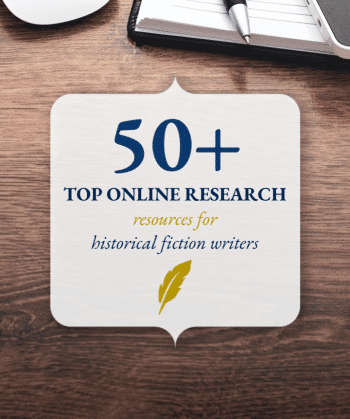Every generation thinks it’s the one that knows how to have fun. After the past year, we’ve all come to appreciate how entertainment is a necessary part of a happy life. Changes to the form and venue of entertainment continue to come and go as they’re affected by the fashion, culture, economy and technology of the period – but, crossing cultures and time, it’s certain that your characters will have known music, dance and performance.
Once upon a time…
Storytelling is where it all began, especially before the advent of the written and printed word. Varied and informal, spoken word and oral traditions were particularly strong on journeys, when travellers would share stories and impart the thoughts and values of the time.
Later on, a more formal way of telling stories began, incorporating image and movement, and included dance and drama.
Historical entertainment: general considerations
Before we get into our tour of entertainment throughout time, here are some general points to consider when deciding which form(s) of entertainment your historical characters might have enjoyed.
Availability and scalability
Evolving from the travelling minstrels of medieval times to the formal orchestral concerts and theatre for the masses of the eighteenth century, the availability of entertainment developed into sophisticated forms and was gradually made available to the general public.
Cultural influences
Entertainment reflects the culture and fashions of the time. Where do your characters go to seek amusement? Do they want to while their cares away in music and what type of music do they favour? Or do they seek the more passive entertainment of film?
Music is perhaps the most accessible of entertainment and most influenced by fashions. The capacity of music to evoke and embody the past is unsurpassed. Listening to the music of an era is a fantastic way to provoke a visceral experience and transfer it to your writing.
Accuracy and authenticity in historical fiction

War and major historical events
Key historical events caused shifts in entertainment and none more so than war. Entertainment evolved following the social upheaval of the Second World War, for example, when class barriers were blurred and freedom distorted.
Using the external conflict and placing your character in the aftermath of a major event will enable you to explore the changing attitudes of the time.
Class acts
As expected, access to entertainment was a case of money and class, particularly in terms of the more formal forms of performance such as theatre, opera and dance.
Considering the cost of performance compared to the cost of living can be a useful way to build a picture of the world in which your character lives.
How better to reveal your character’s personality than to show how they respond to the entertainment of the day? Are they hovering on the fringes of the animated swell on the dance floor or are they at the centre throwing shapes?
Not just for fun
There were times when entertainment served other purposes aside from fun and laughter, particularly in the context of celebration, religious festivals and satire. Early theatre evolved out of the church services of the tenth and eleventh centuries. Performed in the language of the masses, the plays served as a way of educating the illiterate on Christianity and the Bible.
Unacceptable entertainment
It’s a rare historical fiction reader who hasn’t read about at least one hanging. Where once acceptable under law and a spectacle that would attract large audiences, the last public execution in England took place in 1868 – over a century before hanging was finally abolished in 1969.
From combat to entertainment
Combat skills such as jousting and archery later developed into the competitive sports they are today. In the early fifteenth century as the use of firearms increased, the demand for archery as recreation grew.
50+ top online research resources for historical fiction writers

A brief history of entertainment through the ages
Roman
Although expansion dominated the Roman period, the rulers of the time prioritised fun and diversion. Hunting wild animals for spectacle was introduced and supported an international trade of animals.
The Romans enjoyed large-scale entertainment, and you can learn a lot about the past times of the period by studying the buildings.
Medieval
Entertainment was varied according to status, yet it extended beyond the tropes of troubadours and feasts. While the poor were entertained by jesters, dancing, mystery plays and outdoor games, the rich experienced larger activities including jousting tournaments, where knights and ladies were introduced and courtly love was demonstrated.
Entertainment also influenced development, with many towns having dedicated spaces for public theatre by the end of the medieval era.
Tudors and Stuarts
The Royal Courts of this era demonstrated wealth and influence through large-scale events like jousting, hunting and lavish banquets with musical accompaniment and jesters. Incorporating entertainment into your writing gives you the chance to evoke a strong setting, time and place. What better way than to explore the lesser-known side of court life than from the perspective of a performer?
Georgian
The Georgians sought relief from their everyday routines and it was at this time that theatre’s popularity peaked. Don’t fall under the misapprehension that the theatre experience was like it is today!
Audiences were a mix of rich and poor and could be loud, rude and volatile. With no limits on the consumption of food and alcohol, audiences came and went throughout performances and would even talk between themselves. Many theatres have archives, invaluable for discovering the types of performances of the period.
Victorian
During this time, prejudices against actresses waned and it became more socially acceptable to attend music halls. A female character seeking out the limelight to showcase her talent could earn and keep her money – if she remained unmarried. Entertainment can be a route to explore class and the working conditions and everyday experiences of the underrepresented in society.
Early–mid twentieth century
From 1920s to the 1970s dance halls were a weekly event and the principal place to meet; it’s thought that up to 70 per cent of couples met there. By 1953 dance halls were the second biggest entertainment industry after cinema with an estimated 200 million visitors per year. Choosing where your characters meet can tell readers so much about personality and the social etiquette of the day.
We hope you’ve enjoyed this rip-roaring ride through the history of entertainment in England!
Karen Bryony Rose is a guest contributor to The History Quill. An English Literature and History graduate and qualified archivist, Karen has always been fascinated by the past. She balances her time as an information professional, writer and journalist. She’s currently working on her historical dual timeframe novel and uses her love of walking to daydream and plot. She procrastinates on Twitter @SunSparks4.
Do you write historical fiction?
Join our email list for regular writing tips, resources, and promotions.

